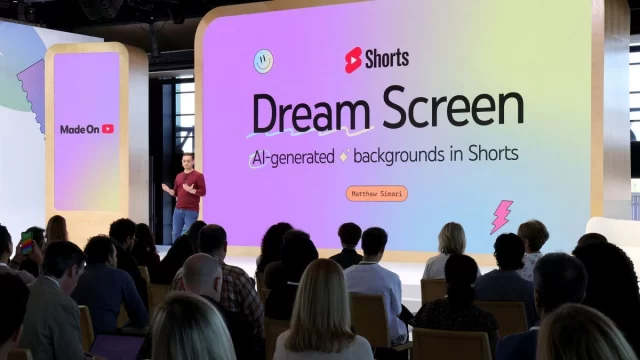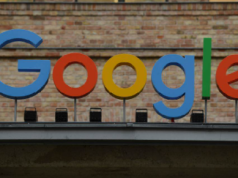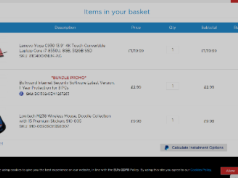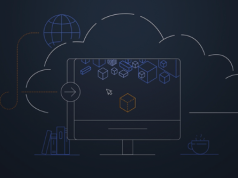At its Made on YouTube event, YouTube demoed “Dream Screen”, an experimental generative AI tool for its Shorts video offering that will generate AI-generated video or photo backgrounds in seconds based on prompts.
“YouTube, a Google-owned platform, revealed its strategy to leverage generative artificial intelligence in its creator tools, aiming to compete with major platforms like TikTok and Instagram in the thriving creator economy.
“We want to make it easier for everyone to feel like they can create, and we believe generative AI will make that possible,” stated YouTube CEO Neal Mohan at an event in New York. “These powerful tools shouldn’t just be for a select few. We believe they’re for everyone.”
During its Made on YouTube event, YouTube showcased “Dream Screen,” an experimental generative AI tool for its Shorts video offering. This tool will rapidly generate AI-driven video or photo backgrounds based on provided prompts.
In a live demonstration, YouTube executive Matthew Simari showcased how the feature operates. With a simple prompt, AI creates a video of a dragon flying over New York City and a dog driving a car, showcasing Google’s expertise in the generative AI space.
The “Dream Screen” feature targets content creators who actively produce Shorts, a short-form video feature akin to TikTok that YouTube launched in 2020. According to YouTube, Shorts now amasses over 70 billion daily views each month from more than 2 billion signed-in users. While long-form content remains crucial for creators to build and engage with their audience, YouTube has been focusing on Shorts to reach new audiences.
YouTube also unveiled a new AI feature in YouTube Studio that generates topic ideas and outlines for potential videos. These AI suggestions will be tailored to individual creators based on trending topics among their audiences. The video platform will also introduce an AI-powered music recommendation system that suggests audio based on a written description of a creator’s video.
A new AI-powered dubbing tool enables creators to automatically dub their videos into foreign languages, expanding the reach of videos beyond the creator’s home territory. The event also featured the announcement of a new app called YouTube Create, streamlining the creation of Shorts for creators.
“If you wander through YouTube, you’ll hear the term ‘creator’ hundreds of times a day,” noted Mohan during a Q&A at the event. “Every time we design products and during product reviews, I always consider the standpoint of creators.”
YouTube’s concerted effort to facilitate content creation on its platform comes at a time when it faces heightened competition from TikTok and Meta’s Instagram. The “Made on YouTube” event by Google’s subsidiary laid out a long-term roadmap for the platform’s engagement with video creators and the music industry. The event featured former YouTube executive Robert Kyncl, now CEO of Warner Music Group, and pop star Charlie Puth, discussing AI-generated music.
Since the start of the year, tech giants like Google have shifted their focus toward generative AI, capable of generating new content from text, photos, and art. Earlier this week, Amazon transformed its Alexa voice assistant to a more human-like experience using generative AI.”









